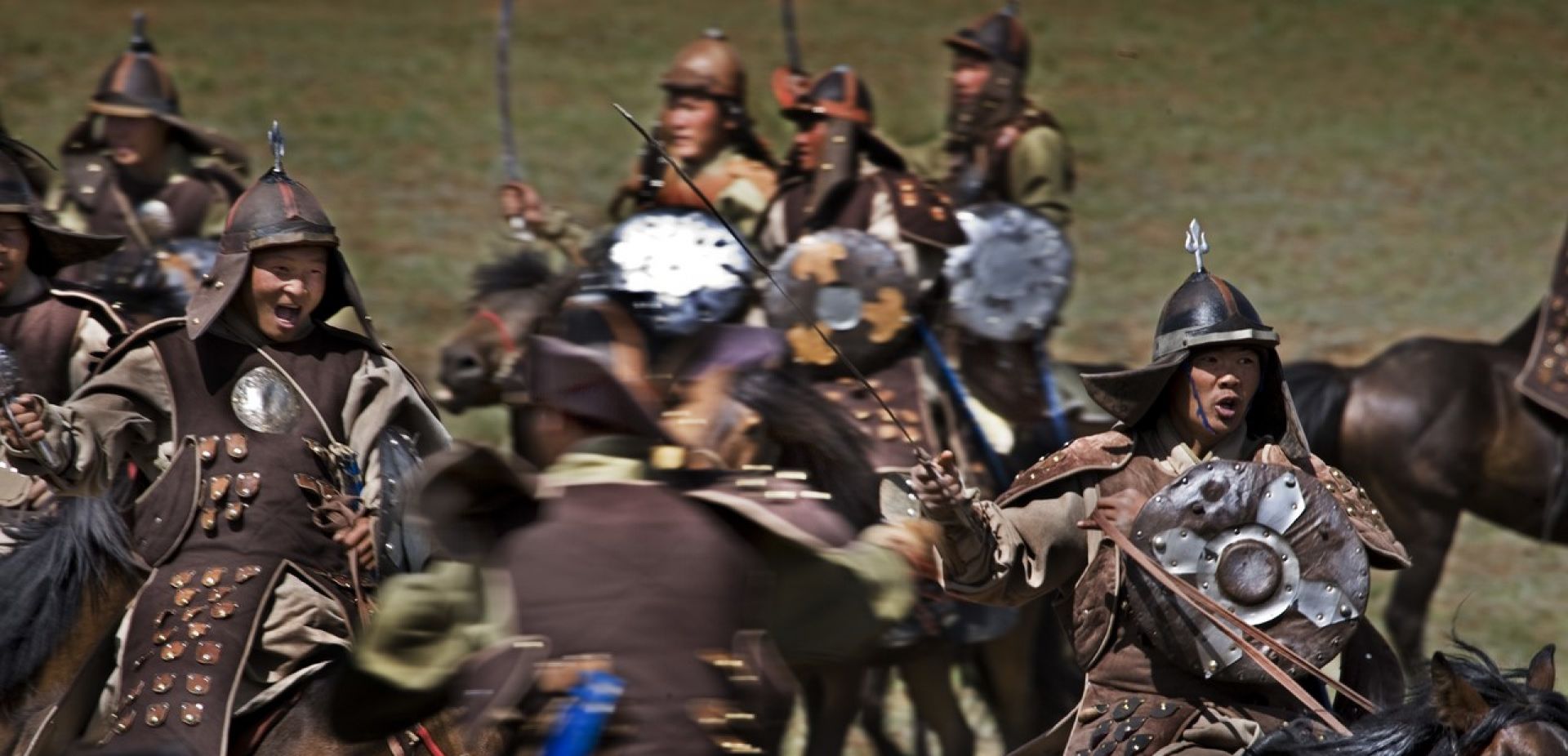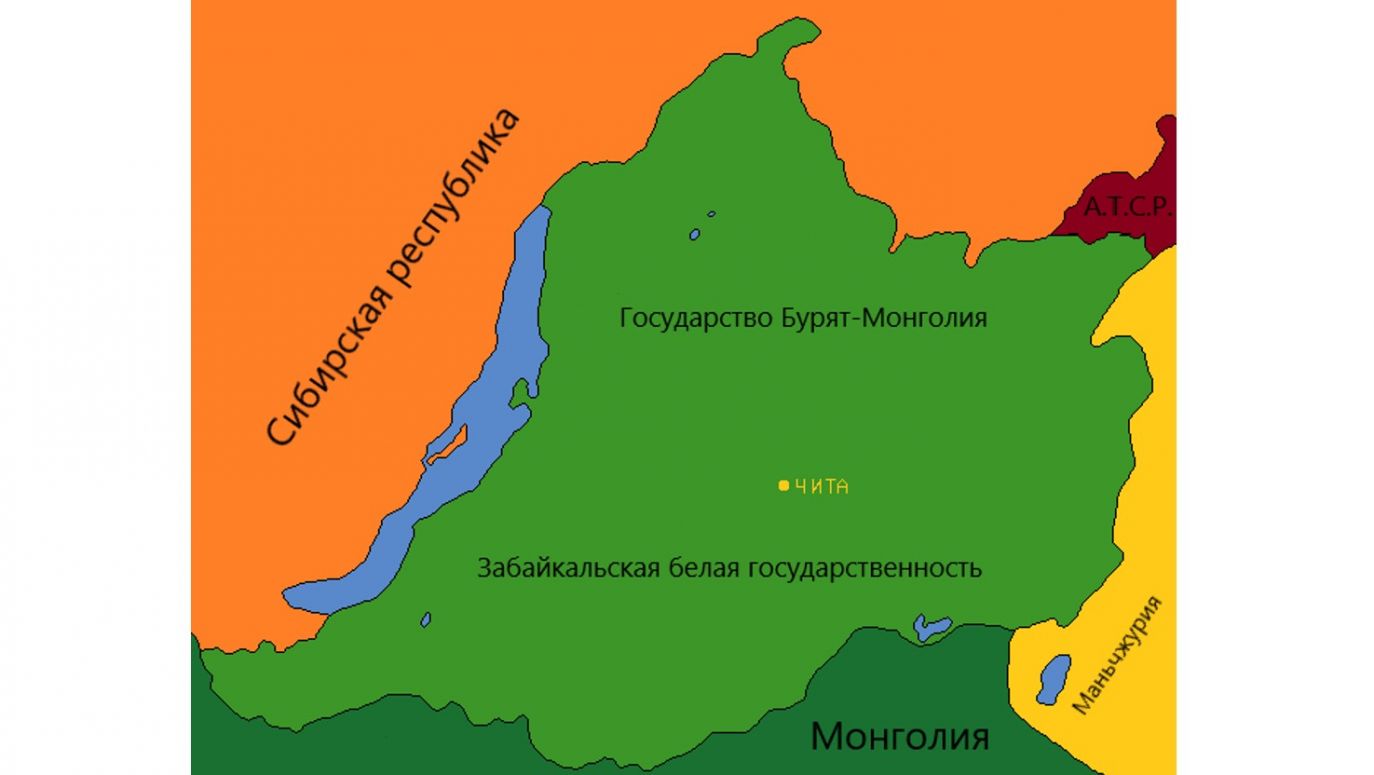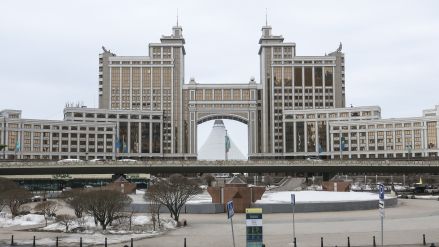Far fewer GIFs show the shrinking and disintegration of empires. And this is exactly what happened to Genghis Khan’s domain: when the grandchildren quarrelled, when the Ugedeys grew indolent, and when a subjugated China “took over” that shell of a state, it became apparent that there were far too few Mongols alone to rule such a vast area. Most of them – a trifling number of several million! – remained in the area of central-northern Asia, between the tundra, deserts and Lake Baikal. A few population “islands” remained in the basins further south in Asia, as far south as Jungaria. As late as the 17th century, the Ojrats, one of the “splinter” tribes of the Orda, ventured as far as the lower Volga.
The Khans’ great-grandchildren were distinguished by their facial features, which were markedly different from those of most Asian peoples, their membership of the same linguistic group and their faith: the vast majority of them remained faithful to Buddhism, despite pressure from Muslim or Christian rulers.
The Volga Oyrats were the hardest hit, having to accept first the name “Kalmyks”, given to them by their Turkic-speaking neighbours and taken over by the Russians, and then Russian rule. The rest of the post-Tatars functioned as a loose federation of tribes under the protectorate of distant Beijing. They inhabited the northern fringes of the waning Chinese empire, occupying an intermediate position between “ being as snug as a bug in a rug” and “living out in the sticks”, feeding on legends of past glory and making cottage cheese from camel’s milk.
 SIGN UP TO OUR PAGE
SIGN UP TO OUR PAGE 
The great turmoil in Mongolian lands began at the dawn of the 20th century, with the break-up of China – and it is a whirlwind that, reported in detail, would burst the modest framework of this article. All the more so given that the blowing up of that whirlpool was of close interest to two other powers in the region: Russia and Japan, always keen to weaken China by establishing some kind of state formation on its periphery. Hence, soon after the outbreak of revolution in China in 1911, part of Mongolia (the so-called Outer Mongolia, in practice – located further from Beijing) declared independence under the protectorate of Russia, creating one of the few theocratic states in the 20th century.
Red, white and mad
It did not last long: in 1915, Russia, weakened by the First World War, agreed under the so-called Kiachtan Treaty to hand over protection to Beijing, and two years later the real turmoil began. Japan joined the game (for the time being in the role of an observer), as did a number of “red” and “white” Russians (such as Ataman Grigory Semyonov, attempting to establish an anti-Bolshevik Far Eastern Republic) and simply half-crazed individuals, such as Baron Roman Nicolaus von Ungern-Sternberg, a favourite character in thriller novels since the days of Ferdinand Ossendowski.
And nowhere was it easier than in the dust of the desert to gouge the borders of Eastern Mongolia, Western Mongolia, Inner Mongolia, Outer Mongolia, Greater Mongolia, the Mongolian People’s Republic and – yes – also the Buryat-Mongolian Republic with its capital in Chita. Functioning a little in the dreamworld, a little on camelback and a little in the buffer zone between the Bolshevik territories and the Far Eastern Republic – but for as many as three years, from 1917 to 1920!

 SIGN UP TO OUR PAGE
SIGN UP TO OUR PAGE 






